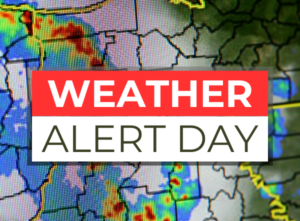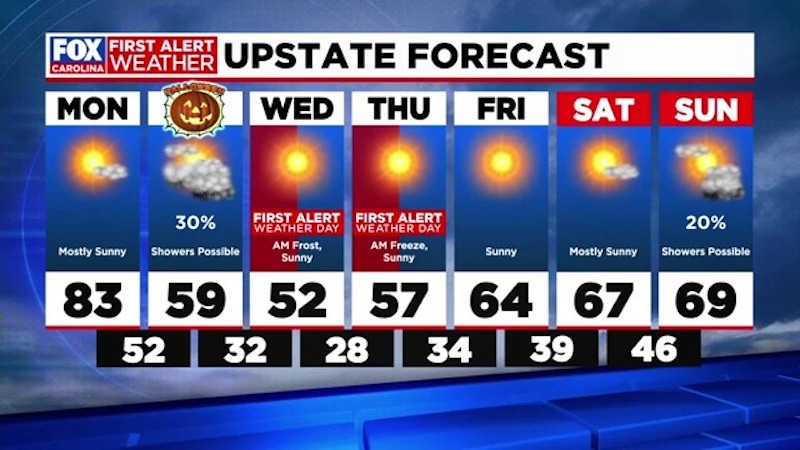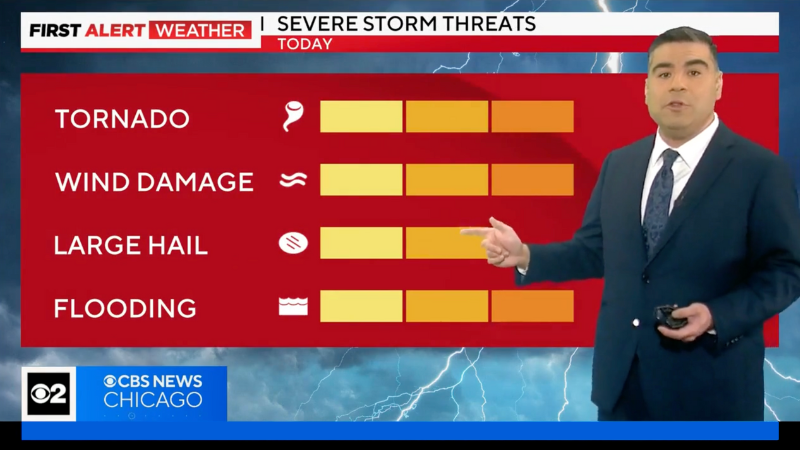Weather Alert Days: 4 Things Broadcast Meteorologists Should Consider

It’s common now for local television stations to declare “weather alert days” to help their community prepare for possible severe, disruptive, or inconvenient weather. These usually appear on-air with distinctive icons or red outlines on the extended forecast.
Alert days provide the weather team an opportunity to fulfill the brand promise to keep the community informed and safe. However, just as the weather varies among locations, the alert day criteria also differ depending on location.
Here are four things broadcast meteorologists should consider when developing an alert day policy for their television station.
Consider the impacts
Broadcast meteorologists generally do a great job identifying weather threats. But the general public is more concerned about the impacts. When deciding whether to issue an alert day, consider the effects on travel and outdoor activities, along with the potential for property damage and health risks.
A sharp temperature drop or severely high pollen levels won’t require the National Weather Service to issue an advisory, watch, or warning. But these do have a significant impact on local communities and might require an alert day.
Think about timing and coverage
The team should also consider how much of the local area will be affected by disruptive weather and how long. There might be times when only part of the viewing area might be affected for part of the day.
My coaching clients at WHNS in Greenville, SC, sometimes issue an alert day just for the morning or afternoon hours. This is clearly identified on the extended forecast with a red bar highlighting the appropriate part of the day.

Explain the decision
Since alert days are not issued by the National Weather Service, the criteria might vary between television stations within the same market. So, whenever the weather team declares an alert day, they must communicate the reason in every weather hit.
Albert Ramon, Chief Meteorologist at CBS Chicago and one of my independent coaching clients, explains the alert day on-air with a series of two to three different graphics.

Make it a group project
Finally, no one person should issue an alert day by themselves. Weather alert days affect the entire weather team. Once issued, the coverage changes for all weathercasts. Furthermore, depending on the severity of the event, it could also affect news coverage and scheduling.
READ MORE: THE WEATHER BRAND IS MORE THAN A SLOGAN
Whether to issue an alert day should always be discussed ahead of time, with input from every member of the weather team. Some of my coaching clients use a group text to discuss changes in the weather, with multiple messages flying back and forth, even on a good weather day. Others use Slack or Teams. Whatever the method, all team members should be encouraged to contribute to the discussion.
Broadcast meteorologists usually know days in advance if a weather alert might be necessary. There should be no surprises if the entire weather team is keeping up with the forecast. Likewise, viewers will not be surprised if the weather team shares their forecast analysis process, along with the potential threats and impacts, timing and coverage.
Tim Heller is an AMS Certified Broadcast Meteorologist, Talent Coach, and Weather Content Consultant. He helps broadcast meteorologists uplevel their performance and productivity by communicating more effectively and efficiently on-air, online, and on social media.
